
Berlin is one of those cities I’d love to experience calling home for a year or two. I love what the city has to offer. There’s a plethora of museums and galleries, a thriving art scene, lots of parks, great restaurants and unrivalled nightlife. Maybe one day I’ll make it happen, but in the meanwhile, I’m just thankful I can visit easily from London.
The cultural things to do in Berlin are endless. There’s so much to see and do it makes finding time to fit everything impossible in one trip. To help you navigate the city, I’ve put together this guide to Berlin. It’s focused on highlighting the most interesting museums in the city and places to find art in any form.
Just like London, there’s always something new and interesting to discover in Berlin. From classical institutions to art that can be found sprawled across the streets. So here they are:
Art Museums & Galleries in Berlin

Alte Nationalgalerie (Old National Gallery)
Location: Bodestraße 1-3, 10178 Berlin
The Alte Nationalgalerie is set in a beautiful building designed like a Roman temple. It houses one of the most important collections of 19th century paintings in Germany.
The collection includes masterpieces by German artists Caspar David Friedrich and Adolph Menzel, as well as French impressionists Edouard Manet, Claude Monet, and Auguste Renoir. The list of artists are endless. Definitely one of Berlin’s highlights and deserves the top spot on any art guide to Berlin.

Pergamonmuseum
Location: Bodestraße 1-3, 10178 Berlin
The Pergamonmuseum in Berlin is an archaeological museum located on Museumsinsel, otherwise know as Museum Island. This area is a UNESCO World Heritage Site and is also home to the Alte Nationalgalerie and Neues Museum (shown below).
The museum is named after the Pergamon Altar, a Hellenistic masterpiece of white stone architecture. The imposing structure invites you to walk the steps of 2000 years of history. Elsewhere, the rest of the collection is still extremely impressive, consisting of many ancient and classical architectural monuments.
If I had to compare it to one of the museums in London, it’s probably most similar to the V & A or the British Museum.
Please note: The Pergamonmuseum is temporary closed for a major refurbishment.

Neues Museum
Location: Bodestraße 1-3, 10178 Berlin
This striking museum was remodelled in 2009 by British architect David Chipperfield, and won the European Union Prize for Contemporary Architecture in 2011.
It houses the archeological collection of the Egyptian Museum and Papyrus Collection, the Museum of Prehistory and Early History, and various artefacts from the Collection of Classical Antiquities.
The museum’s most famous object is the bust of the Egyptian queen, Nefertiti. Its presence in the museum is however, controversial. Germany refuses to return it to Egypt despite repeated requests. In the last few years, repatriation of objects to their homeland has been openly debated so I wonder if Egypt’s request will someday be granted.
The Prehistory and Early History wing of the museum traces the evolution of homo sapiens from 1,000,000 BC to the Bronze Age. Among its highlights are reproductions (and some originals) of Heinrich Schliemann’s famous treasure of ancient Troy. Fans of history can expect to find works of ceramics and gold, as well as weaponry.

Gemaldegalerie
Location: Matthäikirchplatz, 10785 Berlin
Many of the greatest European painters are displayed in Berlin’s Gemäldegalerie, located within Kulturforum (Culture Forum) in Potsdamer Platz. You will find paintings from the Middle Ages to the early modernist period by Rubens, Botticelli, Titian, Raphael, Caravaggio and many more.

Berlinische Galerie
Location: Alte Jakobstraße 124-128, 10969 Berlin
The Berlin Gallery found its permanent location in 2004 in a Modernist building that was once in a former glass warehouse. Tip: it is located next to the Jewish Museum so I recommend seeing these together if you’re crushed for time.
Berlinische Galerie is a unique, Berlin-focused, multi-disciplinary collection bringing together Modern Fine Art, Photography and Architecture. Its mission is to showcase exclusively for art made in Berlin. Local in focus and international in scope, it covers homegrown artistic talent and movements. Artists on display include Max Liebermann and the Berlin Secessionists and Expressionists Otto Dix, Georg Grosz and Hannah Höch.
Architecture in Berlin

The Bauhaus Archive Museum of Design
Architect: Walter Gropius
Location: Klingelhöferstraße 14, 10785 Berlin
Tucked away alongside the Landwehrkanal in Tiergarten, South West Berlin, lies the Bauhaus Archive Museum of Design, an archive that studies and presents the history and influence of the Bauhaus – the most influential modernist art school dedicated to architecture, design and art of the 20th century founded in Germany in 1919.
Want to see inside? Read more about my visit to Bauhaus Archive Museum in Berlin.

Cube Berlin
Architect: 3XN architectural firm
Location: Washington Platz, Berlin
The Cube Berlin is a contemporary office building designed by the Danish architectural firm 3XN and completed in 2020. Located just outside Berlin Central Station, the building stands out for its distinctive architectural features and modern design. The facade of the building features a series of triangular and rhomboid shapes, creating a dynamic pattern that plays with light and shadow.

Holocaust Memorial
Architect: Peter Eisenman
Location: Cora-Berliner-Straße 1, 10117 Berlin
Close to the Brandenburg Gate in the heart of Berlin you will find the Memorial to the Murdered Jews of Europe which opened in 2005.
On a site covering 19,000 square metres, Eisenman placed 2711 concrete slabs of different heights. The area is open day and night and from all four sides you can fully immerse yourself in this structural maze. The memorial is on a slight slope and its wave-like form is different wherever you stand, which adds to the unique feeling of visiting this site. Its openness and abstractness give you space to confront the topic in your own personal way. The various open and closed spaces certainly instills a sense of contemplation, and a place of remembrance and warning.

Reichstag Dome
Architect: Norman Foster (Reichstag dome) and Paul Wallot (the building)
Location: Platz der Republik 1, 11011 Berlin
One of the most important buildings in Berlin, the Reichstag is Germany’s parliament building. As you can imagine, it’s had a turbulent history which you can read in greater detail here.
Regarding the architecture, it was first completed in 1894 by Paul Wallot. Unfortunately it was heavily destroyed during WWII and needed to be completely restored. The restortation under Sir Norman Foster was a long process that was finally completed in 1999.
The architectural highlight is the large glass dome at the very top of the Reichstag that has a 360-degree view of the surrounding Berlin cityscape. You can enter the Reichstag and view platform inside the Dome but tickets must be purchased beforehand. If you want to learn more, you can join a guided tour of the Government Distinct and Reichstag Dome.

Bierpinsel (aka the Beer Brush)
Architect: Ursula and Ralph Schuler
Location: 17 Schloßstraße, Steglitz, Berlin
Said to be inspired by a tree, the science fiction-like structure rises 47m from the ground of Berlin’s second biggest shopping street – Schlossstrasse, and offers a panoramic view of the city.
The story of Bierspinsel is long, and filled with financial dramas and uncertainty. Bierpinsel opened as a restaurant in 1976 before later serving stints as a nightclub and cafe. It has, however, been empty since 2006 after struggling to make commercial success. In 2010 it received a fresh lick of paint by artists Honest and Soyzone as part of a street art project. Though sadly there seems to be no plans for reopening any time soon.
Street Art in Berlin
There’s so much street art in Berlin, it’s hard to know where to begin but here are a few highlights:
Haus Schwarzenberg (Street Art Alley)
Location: Rosenthaler Str. 39, 10178 Berlin
Haus Schwarzenberg, what I otherwise called Street Art Alley, is located in Hackescher Markt and is a courtyard leading to a labyrinth of all kinds of interesting exhibitions spaces and wall murals. I’ve visited this alley on a few occasions and each time there are new creations left by street artists sprawled across the walls for by-passers to enjoy. I therefore always make a habit of swinging by whenever I’m in the city.
To read more about this street art alley click here.

Teufelsberg Spy Station
Location: Inside Grunewalk Forest, Berlin
I heard about Teufelsberg Listening Station after watching an interview with an electronic music artist from Berlin called Pantha Du Prince. He spoke about the incredible acoustics inside the main tower and I knew I just had to visit for myself.
After doing some research, I found that it is relatively easy to get to. Located inside Grunewald Forest in east Berlin, my friends and I made our way over. It’s a super cool place to explore if you’re interested not only in street art but its links to World War II.

East Side Gallery
Location: Mühlenstraße 3-100, 10243 Berlin
Following the fall of the wall in 1989, lots of artists crossed over to the east due to its comparative affordability. Many artists swapped their canvas for concrete to expressive themselves publicly. The East Side Gallery, a striking memorial to freedom, is perhaps the most well-known visual homage to this historic moment.
With over 100 paintings on display, this 1-mile walk is an enjoyable and interesting way to see how artists from all around the world expressed the elation and anxieties of the reunification era.
Pink Man by BLU

Location: Falckensteinstraße 49, 10997 Berlin
If you look through my archives relating to street art you might find that I’ve been lucky to spot a few works by street artists. Among them all BLU is my favourite.
In Berlin you’ll be able to find this mural, titled Pink Man, at the western end of the Overbaum Bridge, a short walk away from the East Side Gallery and U-Bhf Schlesisches.
BLU’s artwork is not just a visual statement, there always seems to be a deeper meaning in his work that is up for interpretation. In the example of Pink Man, the big ‘human’ is made out of a lot of smaller naked humans all oppressively pushed together whilst looking frightened.
Do you reckon this could be a metaphor for capitalism, or maybe something even deeper? Like the catastrophe of war and dictatorship? Either way, it’s an interesting piece.
Are you planning a trip to Berlin soon?
Where to stay in Berlin
I’ve stayed in a few places in Berlin, and by far the best was Circus Hotel. It offers a great location nearby Hackescher Markt, and is close to the Berlin Wall and Soviet-era sites, as well as the fashionable shops.
This boutique hotel is great value typically coming in at under £85 most nights of the week. It is equipped with modern perks such as free pre-loaded iPods, Segway rentals, mini-laptops and the Fabisch restaurant serves up tasty snacks.
Want to book a guided tour?
With so much to see and do in Berlin, you might prefer the guiding hand of a local expert. From guided city walks to food tours, and from river cruises to history tours – take a look at the full range of tours available in Berlin.
Looking for more inspiration on what to see and do in Berlin?
Take a look through these Berlin guides:
- 2 Days Exploring East & West Berlin
- Teufelsberg Spy Station: Street Art on Devil’s Mountain, Berlin.
- Street Art Alley In Hackescher Markt, Berlin

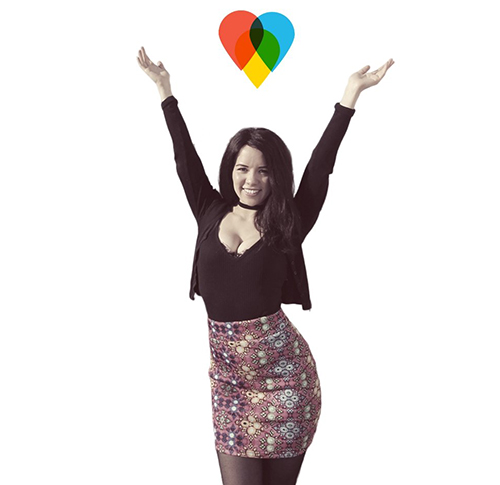
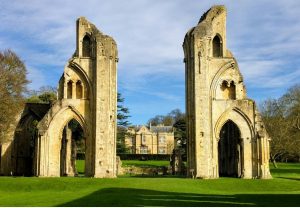
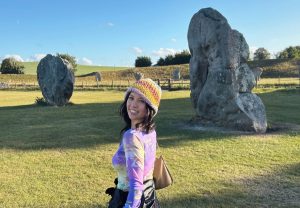
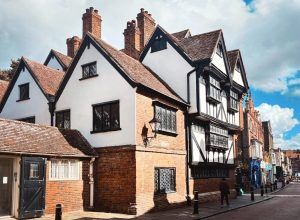
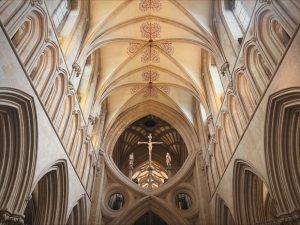
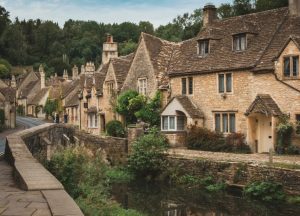
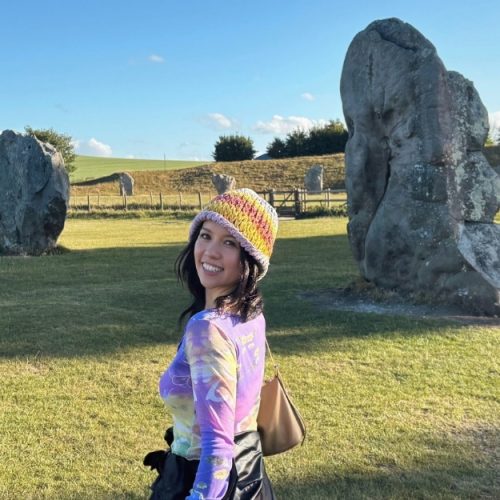
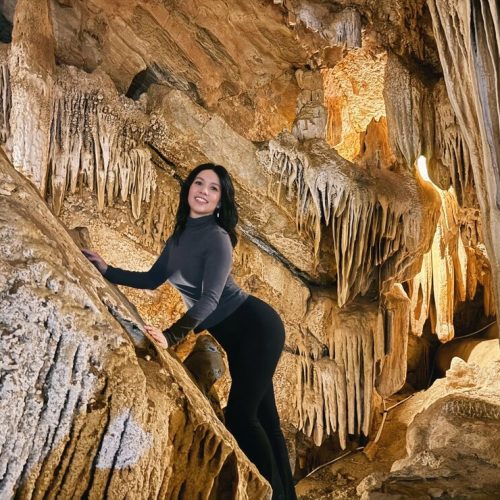
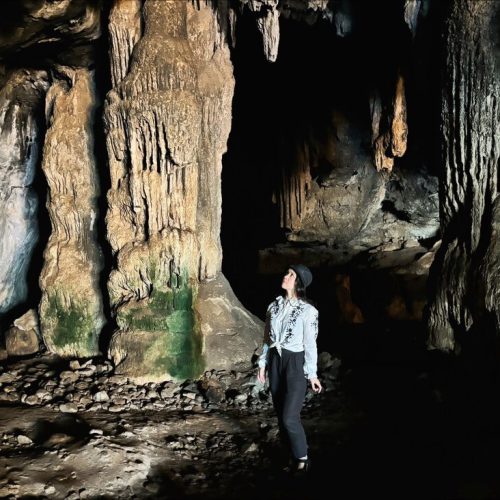
2 responses
there is a new street art museum open near qdamm called urban nation. you should visit it and surounding next time.
Oh wow, thanks for letting me know about this Tata! I’ve just looked online and it looks amazing! Next time I’m in Berlin I’ll be sure to check it out and add it to this list!